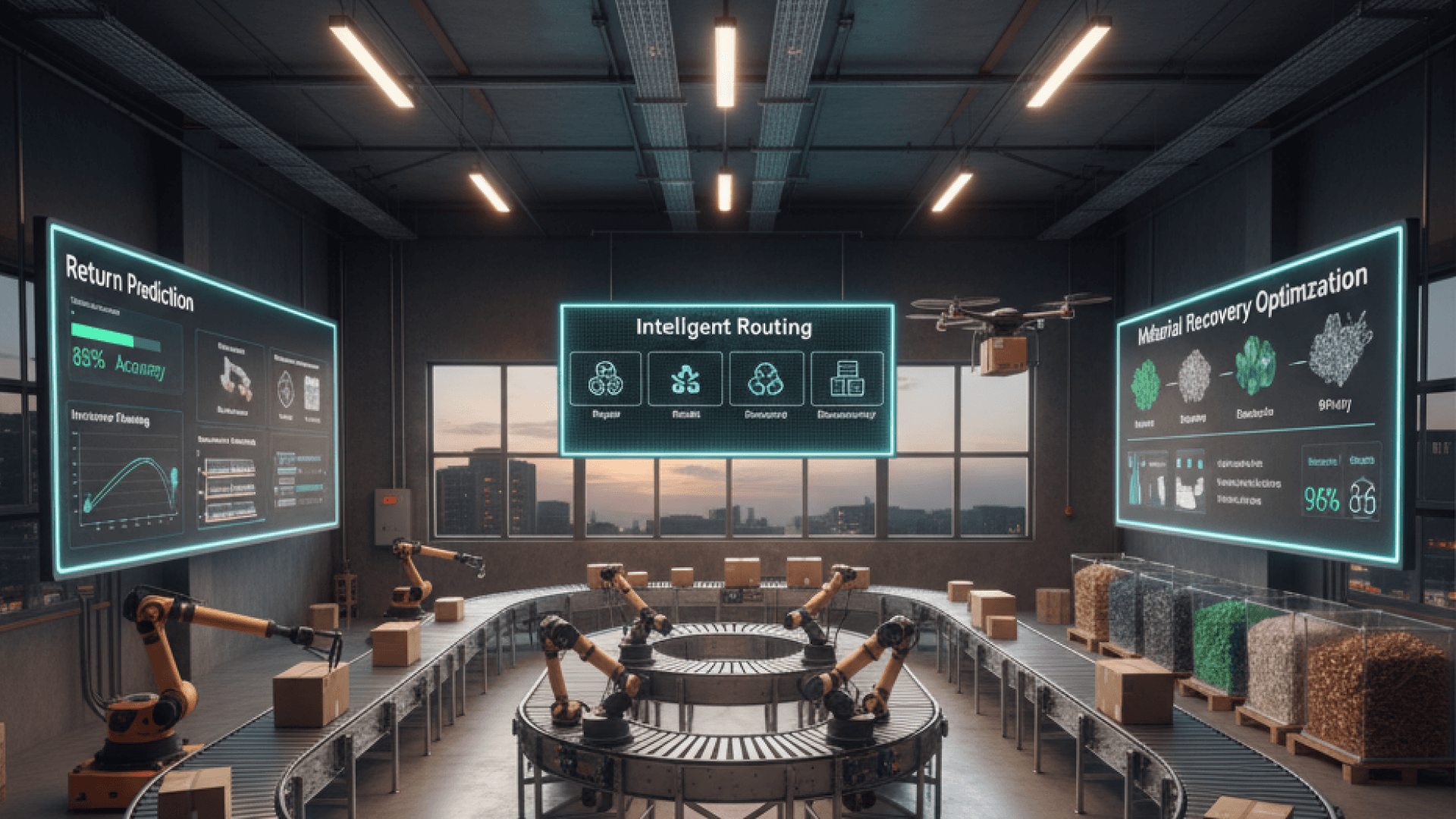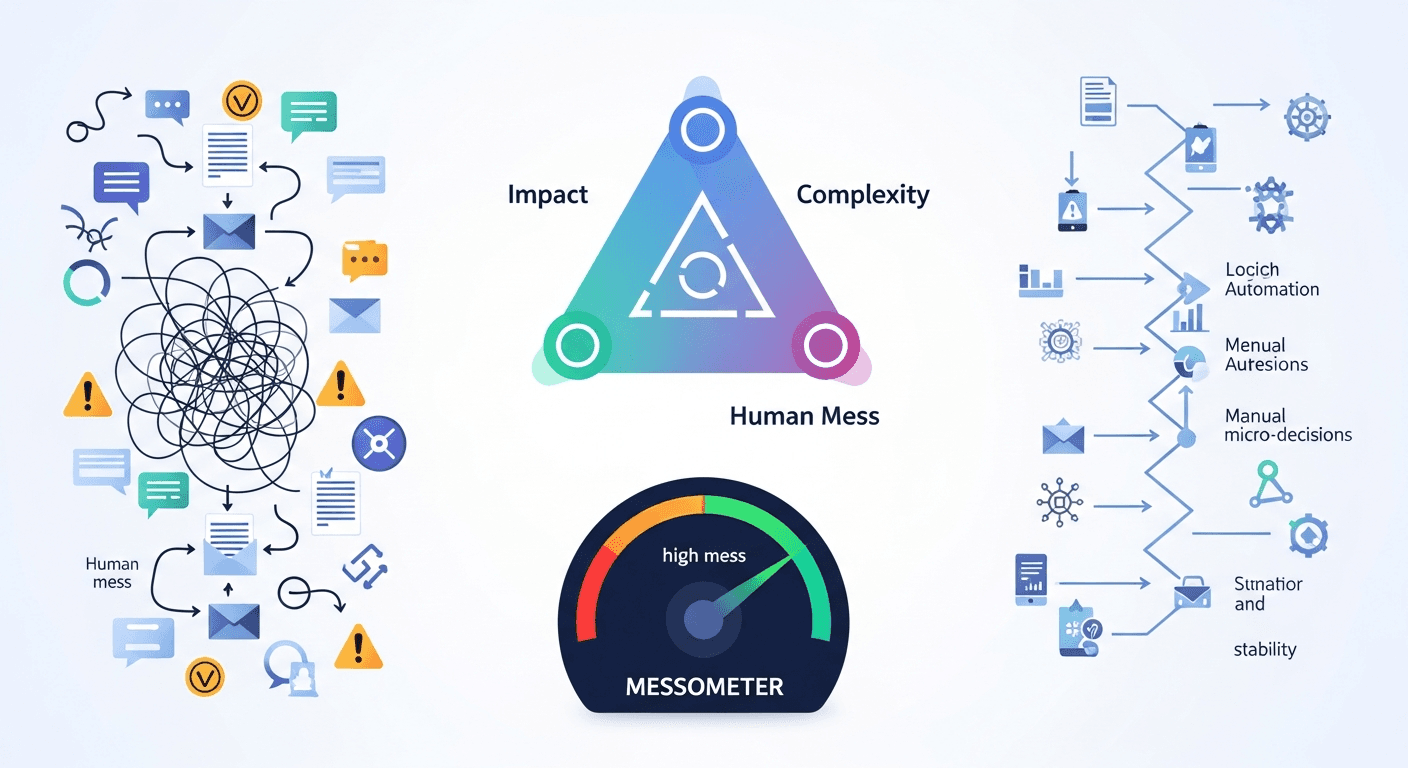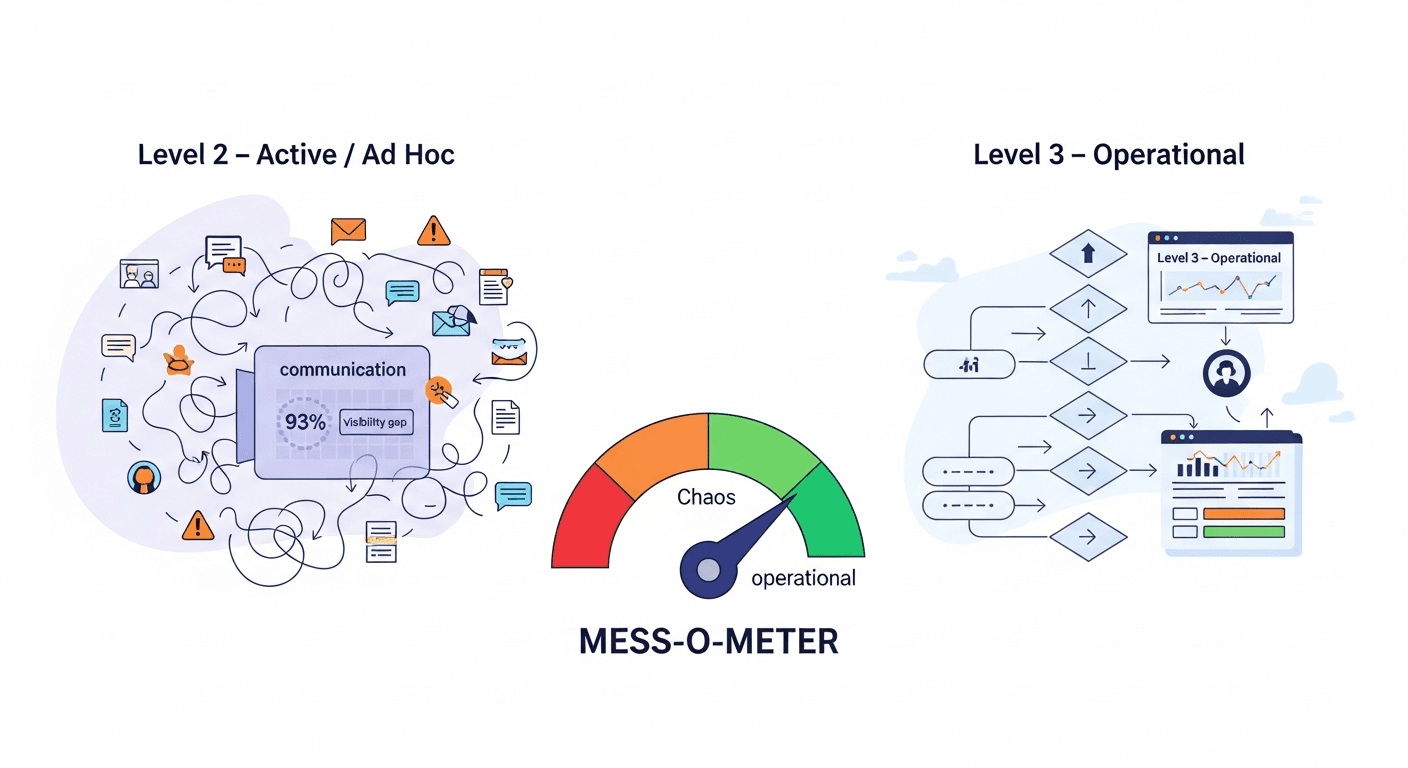Thursday, 18 Sep 2025
|AI-Powered Circular Supply Chains: Sustainability Meets Smart Logistics

Sustainability targets and rising return volumes are pushing logistics teams toward circular supply chains—closed-loop networks that keep products, parts, and materials in use as long as possible. Artificial intelligence now acts as the engine of this transition, turning massive data streams into actionable insights for reverse logistics, return prediction, and recycling optimization.
Why Circular Supply Chains Need AI
Traditional linear supply chains end with disposal. Circular models require dynamic decision-making: Should a returned item be repaired, resold, recycled, or disassembled for parts? AI excels at rapid, data-driven choices based on product condition, resale value, regulations, and carbon impact.
Key benefits include:
- Return prediction accuracy improving from ~60% to over 85%, slashing excess buffer stock
- 30% reduction in landfill waste by routing items to the optimal next-life channel
- 15-25% logistics cost savings through smarter consolidation of reverse flows
AI Use Cases in Circular Logistics
1. Return Prediction & Inventory Planning
Machine-learning models analyze order histories, customer profiles, and product attributes to forecast return probabilities. This enables:
- Proactive spare-parts positioning for refurbishments
- Smarter production planning with lower safety stock
- Reduced over-handling of likely-to-return items
2. Intelligent Routing in Reverse Logistics
AI algorithms match each returned item to its highest-value outcome—repair, resale, recycling, or energy recovery—considering transport cost, demand, and environmental impact. Vision systems verify item condition on arrival, feeding the decision engine in real time.
3. Recycling & Material Recovery Optimization
AI-driven robots sort materials by type and purity with up to 96% accuracy, boosting recycling yields and lowering manual labor. Predictive analytics schedule collection runs only when bins reach optimal fill levels, cutting fuel use.
For deeper warehouse-level automation that pairs perfectly with circular processes, explore Computer Vision in Warehouse Operations (Blog 5).
Tech Stack Enablers
- IoT sensors track asset location and condition throughout multiple life cycles
- Digital twins model circular flows and carbon impacts—learn more in AI-Powered Digital Twins
- Generative AI designs packaging for disassembly and recyclability—see Generative AI in Logistics
Overcoming Barriers
Many firms cite budget or skills gaps when adopting green AI. Tackle these with:
- No-code AI platforms that let teams build return-routing apps without developers—covered in No-Code AI Solutions
- Clear ROI models (paybacks often < 18 months); see budgeting tips in How Much Does AI Really Cost?
- Ethical AI governance to avoid bias in reuse decisions—guidance in AI Ethics in Logistics
Ready to Close the Loop with AI?
AI-powered circular supply chains cut waste, lower costs, and meet ESG goals—all while delighting customers with responsible returns. Book a demo with Debales.ai today to see how our green AI toolkit predicts returns, routes reverse flows and optimizes recycling—turning sustainability into smart logistics advantage.
All blog posts
View All →
Tuesday, 18 Nov 2025
AI Prioritization with the Mess-O-Meter Framework
Triangulate impact, complexity, and human mess with the messometer to prioritize AI projects scientifically and reduce failure risk.

Monday, 17 Nov 2025
Escape Level 2 AI Maturity with the Mess-O-Meter
Use the messometer to measure manual micro-decisions and chaotic workflows so you can move from ad hoc AI experiments to operational, scalable AI.

Saturday, 15 Nov 2025
The 93% Visibility Gap: Why the Mess-O-Meter Is Your Powerful First Step in the AI Maturity Journey
Discover how the messometer exposes the hidden “communication black box” in your workflows. Learn why diagnosing this 93% visibility gap is essential before any AI implementation to avoid failure.